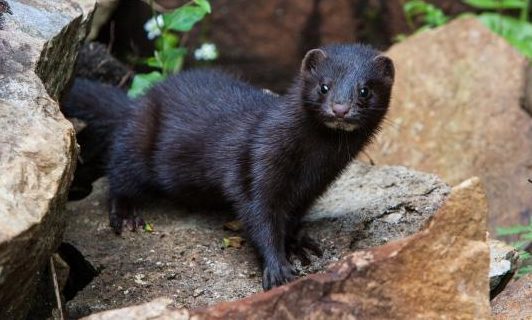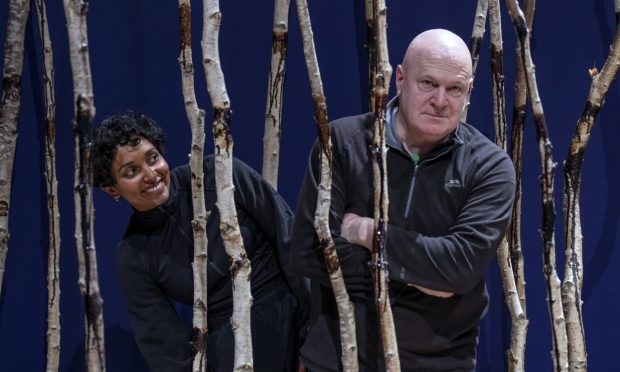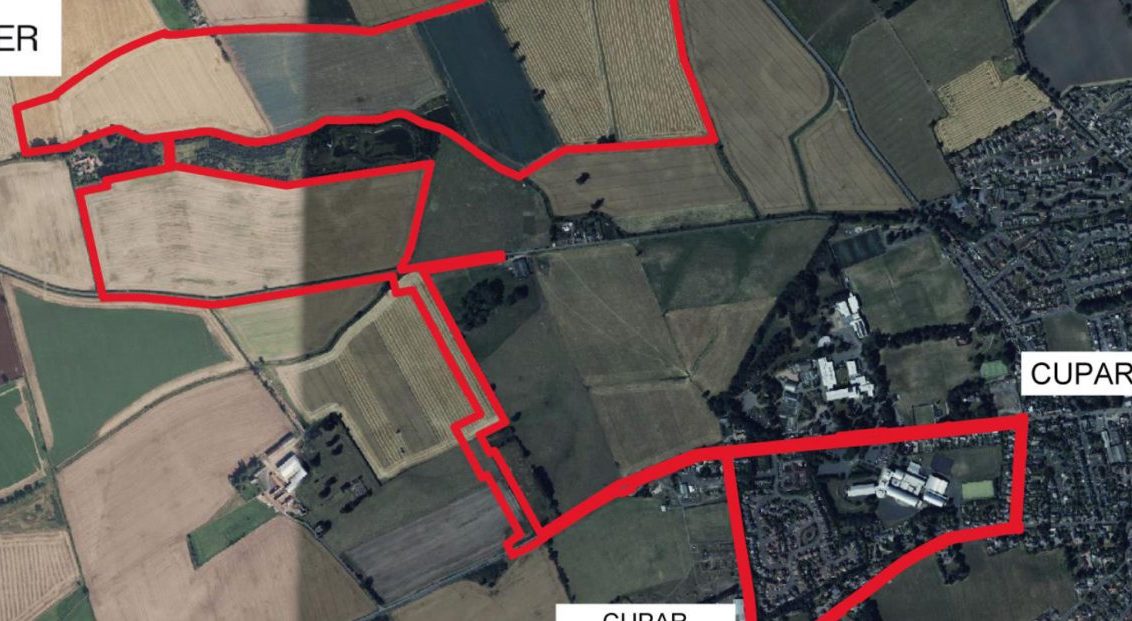A wildlife watchdog wants to drive meddlesome mink from the Perthshire countryside.
The Scottish Invasive Species Initiative has appealed for help getting rid of populations in highland and eastern areas of the region.
The American mink was introduced to Scotland from the US for fur-farming in the late 1930s and has established itself as part of the nation’s wildlife – through both escapes and deliberate releases – over the decades.
They are described as “opportunistic and ferocious” hunters that take whatever prey is available to them, often killing more that they require for food.
According to project officer Mark Purmann-Charles, their presence has had a devastating effect on native Scottish species, particularly ground nesting birds and water voles.
He said: “This time of year is critical for our mink work.
“We really need to control mink before they breed. One female mink hunting a 4km stretch of river can take 100 water voles over the three to four months of feeding her young – that is 10 water vole colonies, often an entire local population, wiped out.”
He added: “We really want to remove them in spring before they breed and their young spread widely and cause devastation to native wildlife.
“We’ve already got some fantastic volunteers helping the project and have a good coverage between Dunkeld and Ballinluig, though we are always keen to improve that network further.”
The group is keen to secure more volunteers in areas around Blairgowrie, Rattray, Coupar Angus, Carse of Gowrie, Aberfeldy and Pitlochry. “It would also help to have more people involved in the Luncarty and Stanley area too,” said Mr Purmann-Charles.
Volunteers can help by adopting a mink raft and monitor it for tell-tale signs.
The raft is made up of a small tunnel with a clay pad. Helpers will be asked to check for footprints in the clay every other week.
With the help of volunteers, local community groups and schools, the project is building a network of rafts north of Perth, in the River Tay and River Tummel catchment areas, allowing for the quick detection.
Once mink are detected a live-capture trap is put on the raft and the mink are caught before being humanely dispatched.
Project manager Callum Sinclair said: “The Scottish Invasive Species Initiative is building on the work of previous mink control projects, most recently the Scottish Mink Initiative, to continue mink control across more than 29,500 km2 of northern Scotland.
“To make a difference at this scale we are working with 10 different fishery trusts and coordinating and pooling our efforts.
“In addition to northern Perthshire, our mink control network extends across Angus, Aberdeenshire, Moray and Highland.”
Professor Xavier Lambin, from Aberdeen University’s School of Biological Sciences, added “The American mink is an opportunistic predator which is also a very effective coloniser of new areas. Mink can travel large distances to take up new territories (25% will travel 80km to take up a territory) and so control needs to be on a large scale to protect cleared areas from re-colonisation.
“From our previous work in Scotland we have gathered good information on mink behaviours, the most likely locations for breeding females and where the most suitable mink habitats lie. With that knowledge we can target efforts to these areas to have maximum impact on mink numbers and consequently deliver maximum benefits for native wildlife.”
To get involved in the project e-mail Mr Purmann-Charles at markeskrivers@gmail.com or call 07741 639556.









